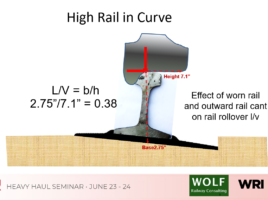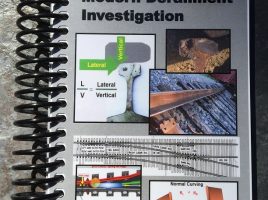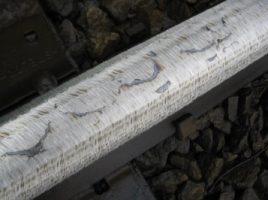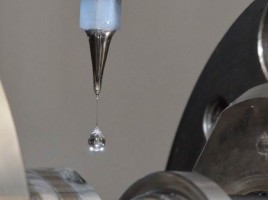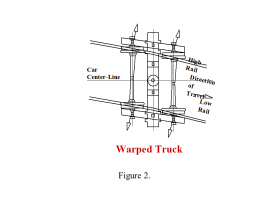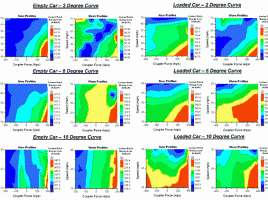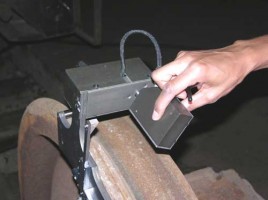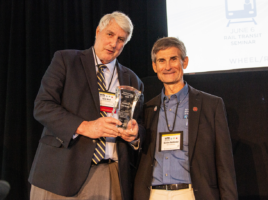
Gary Wolf is the recipient of Wheel Rail Seminars’ 2023 Worth Award
by Bob Tuzik Gary Wolf, president of Wolf Railway Consulting, is the recipient of the 2023 Worth Award. The award, presented by Wheel Rail Seminars at the annual Wheel/Rail Interaction conference in June, is named for Art Worth, who was Manager of Standards and retired as Senior Manager – Advanced …

